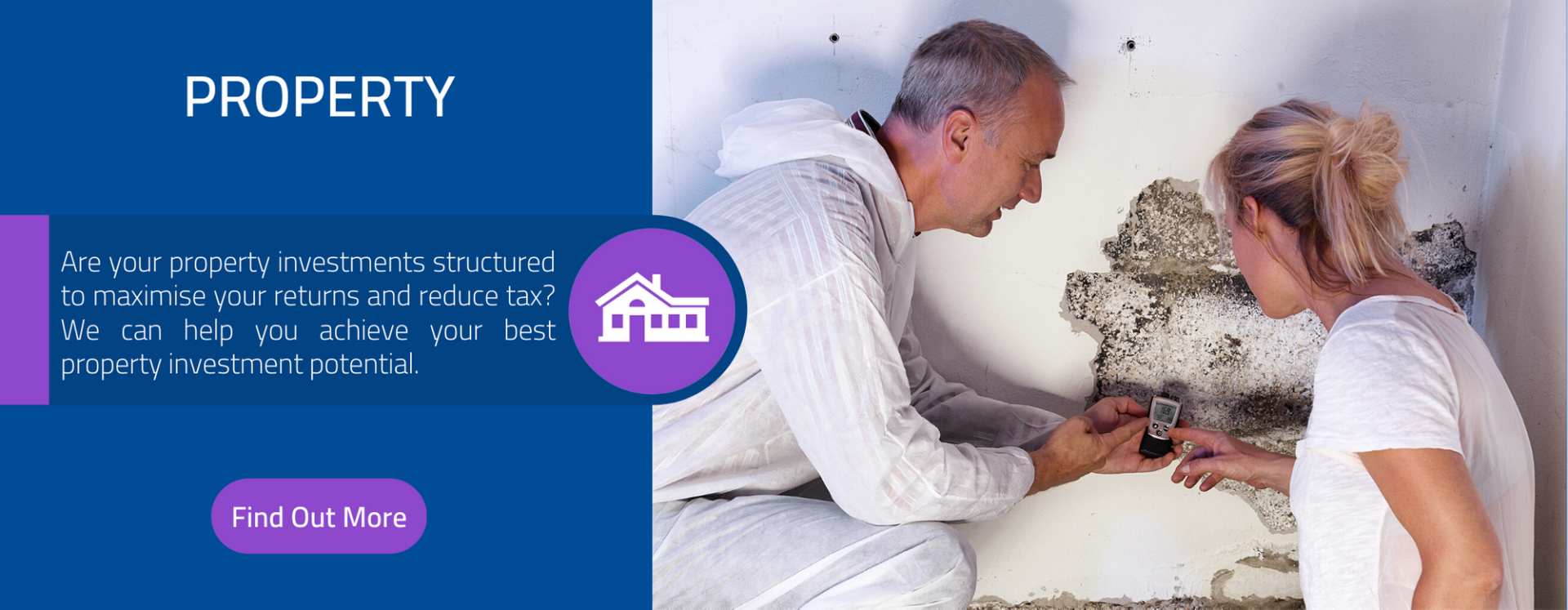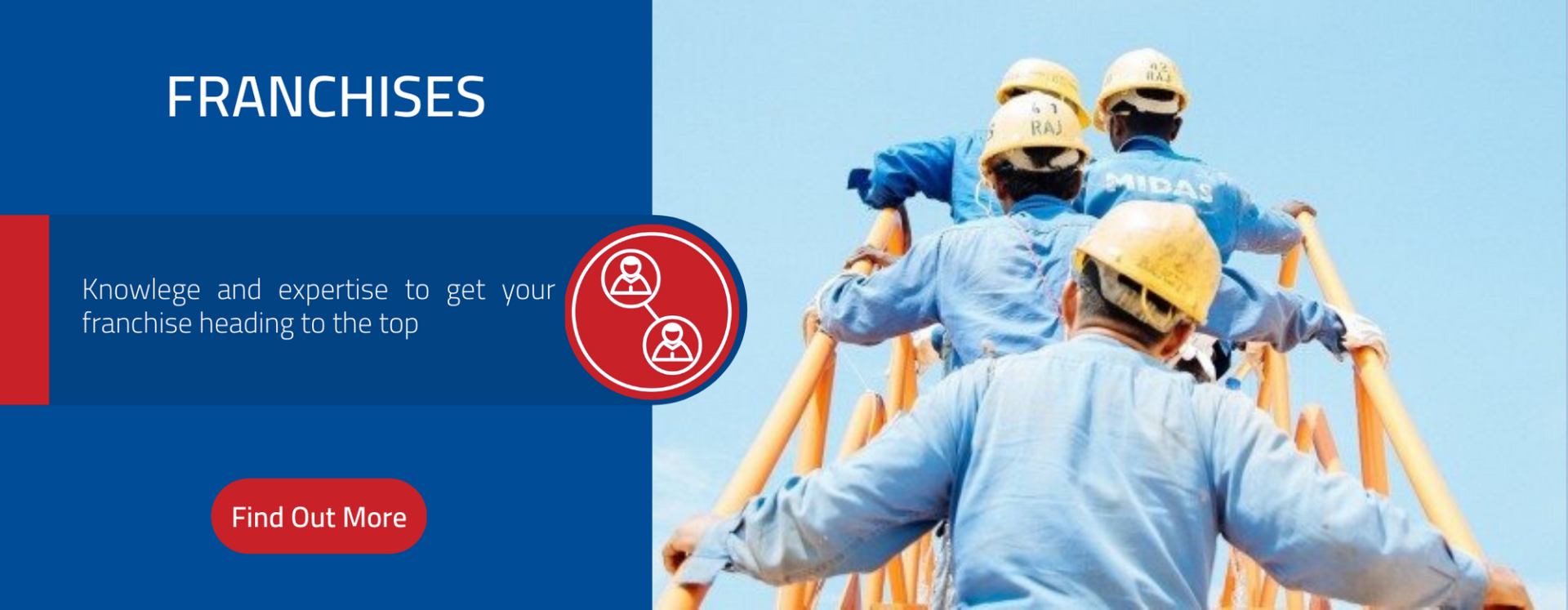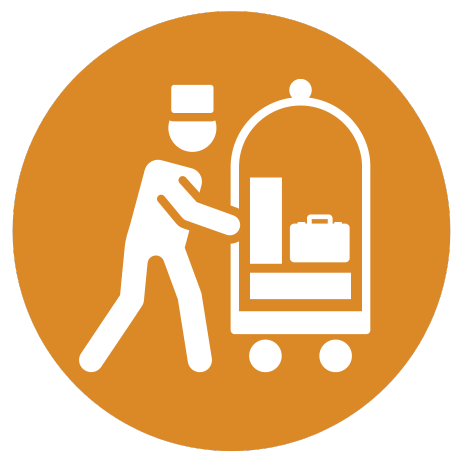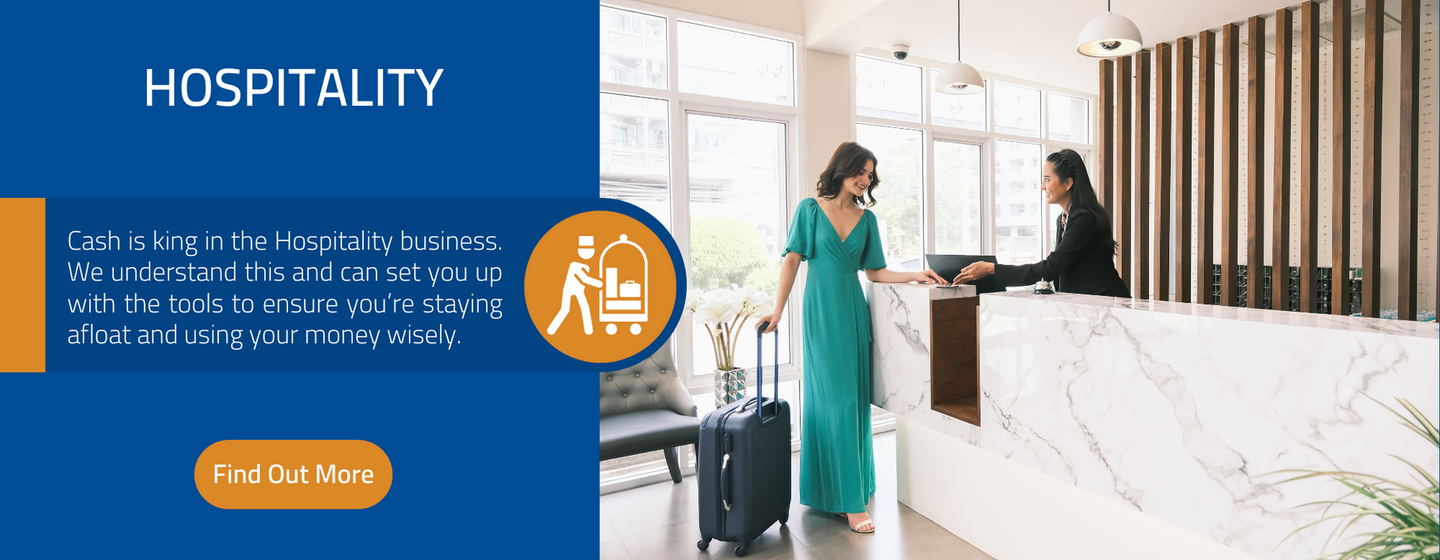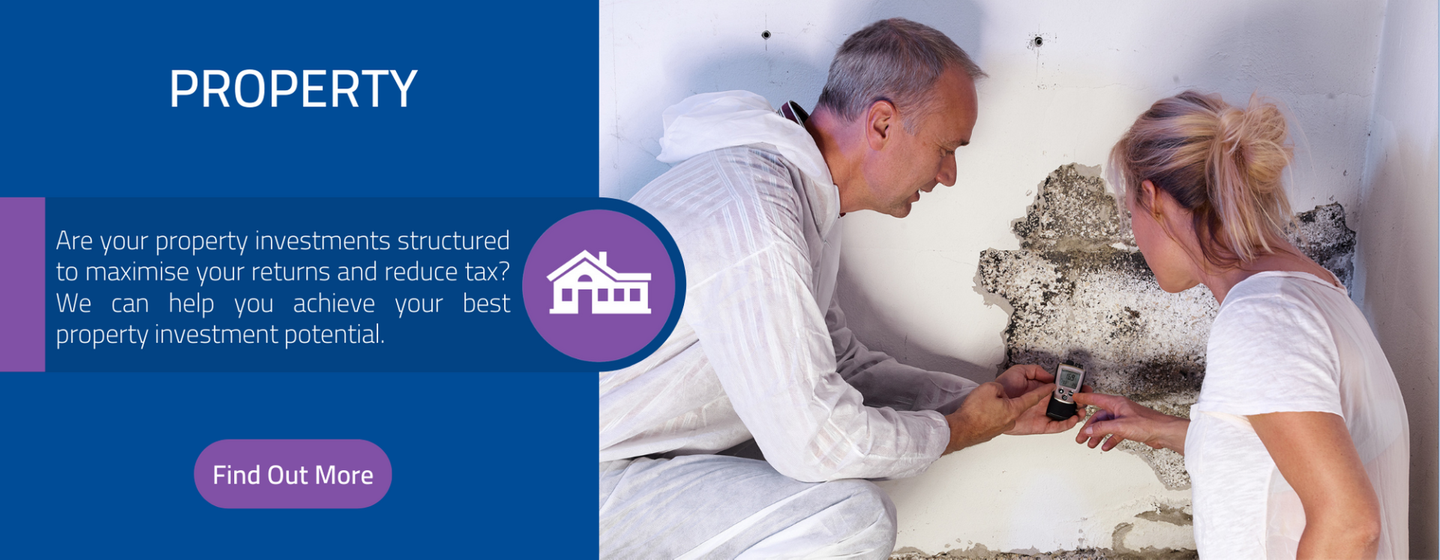Latest News

Six Weeks ‘Til Christmas - Time to Get Your Ducks (and Dollars) in a Row! Yes, you read that right, Christmas is only 6 weeks away! For many small businesses, the countdown is officially on. Between juggling staff leave, final invoices, and festive plans, this time of year can sneak up faster than Santa on Christmas Eve. Now’s the perfect time to: -Plan your cash flow - Will your business experience a quiet period or a sales surge? Make sure you’ve got enough funds to cover the downtime. -Check your payroll & leave balances - Avoid last-minute headaches by locking in pay runs and holiday rosters early. -Review your budgets & goals - With the new year just around the corner; set yourself up for success by reviewing your financial targets. The earlier you prepare, the smoother your Christmas break (and January restart!) will be. Need a hand making sense of the numbers or planning ahead? The AAF team is ready to help you finish the year strong and step into 2026 with confidence. Call us today on 04 970 1182 to book your pre-Christmas financial check-in.

Are you undercharging for your services? It’s a tricky question, especially if you’re in a niche industry or running your own contracting business. With costs rising across the board, it’s worth checking in on whether your fees are keeping pace. Here are five signs you might be undercharging Nobody ever questions your quotes - Do all your new clients accept your quotes or charges without asking any questions, requesting a breakdown or wanting a discount? It’s possible they’re delighted to be getting such a great deal. You run off your feet but you can’t afford to get help - When you’re working yourself to the bone, but there’s not enough money left over to employ someone to help you, your prices are too low or something else in your business needs to change. Your prices have been the same for two years or more - In most industries, prices increase just slightly each year. Leave your prices flat for too long and you’re not keeping up with the market; make sure you review your fees annually. You’re overbooked - When business is booming and there’s no room for new clients, it’s time to raise your prices. Clients don’t treat you as well as they should - When clients think they’re paying peanuts, they’ll often take you for granted. They don’t see your time as valuable, so they feel free to mess you around. So what should you be charging? Finding your pricing sweet spot takes time and a bit of research. Start by looking at your competitors and talking to others in your industry. At All Accounted For we see pricing struggles come up often. If you’d like some perspective, we can share what we’ve seen across similar industries and help you rethink your approach. A small adjustment to your fees could make a big difference to your cashflow, capacity, and client relationships.

To grow your business, you need access to additional capital. And one of the traditional routes to business finance has often been the big banks. But with the prudential regulation system making it mandatory for New Zealand banks to keep large cash reserves in place, the banks are tightening their belts and lending less. That’s good for the stability of the bank’s financial governance, but not so good if you’re a Kiwi small business owner that needs extra capital and a solid loan from your bank. The Reserve Bank is holding a consultation on how much capital NZ banks should hold, so lending may ramp up again in the future. However, there is another option. The past few years have seen considerable growth in the ‘alternative lending’ market – with specialist business lenders and online lenders now available. Let’s look at what alternative lending is and the key pros and cons of this kind of finance. What are alternative lenders? Alternative lenders are non-bank financial institutions, like fintechs and online platforms. As an ‘alternative’ to the big banks, they provide quicker, more flexible sources of capital, giving you an agile way to bring extra funding into your business. These non-bank lenders offer diverse products, such as short-term business loans, lines of credit and invoice financing, helping you cover cashflow gaps and support your growth. The pros and cons of using alternative lenders If you’re in urgent need of a cash injection, alternative lending from a non-bank is one option to consider when looking for routes to funding. Let’s examine the pros and cons of accessing finance from a non-bank: Pros of alternative financing: Faster and more flexible lending process: Alternative lenders often have streamlined online applications and less rigid lending criteria. This makes approval and funding generally much faster than traditional banks – a crucial difference when your cashflow needs are urgent. Higher approval rates: Non-banks are generally more willing to lend to businesses that traditional banks have declined. This is good news if you’re an early stage startup or the business has a shorter trading history, lower credit score or fluctuating income. Diverse and tailored products: Alternative lenders offer a wide range of specialised products, such as lines of credit, invoice financing or short-term loans. That’s good news if you want to customise your finance to fit a specific business need. Cons of alternative financing: Higher interest rates and fees: Due to the increased risk they take on, alternative lenders will typically charge higher interest rates and can have additional fees – such as drawdown fees. This may make the total cost of borrowing more expensive than with a traditional bank. Less regulatory protection: Unlike consumer loans, business loans from these lenders may not have the same protections under the Credit Contract and Consumer Finance Act (CCCFA). If the worst happens, this can leave you exposed and with limited protection in place. Risk of personal guarantees: Many alternative lenders require a personal guarantee, meaning that if your business defaults on the loan, you become personally liable for the debt. A personal guarantee puts your personal assets (such as your home) at risk. Talk to us about finding the right finance for your business: A workable financial strategy factors in the need for capital. With sales, revenue and cashflow still challenging, having a route to extra funding is vital. As a firm, we’re not authorised to give you direct financial advice on which banks or alternative lenders to partner with, you’ll need a Financial Advice Partner (FAP) for this. But we can help you understand your cashflow and working capital needs, and help you build a funding strategy that meets the requirements of your broader growth strategy.











